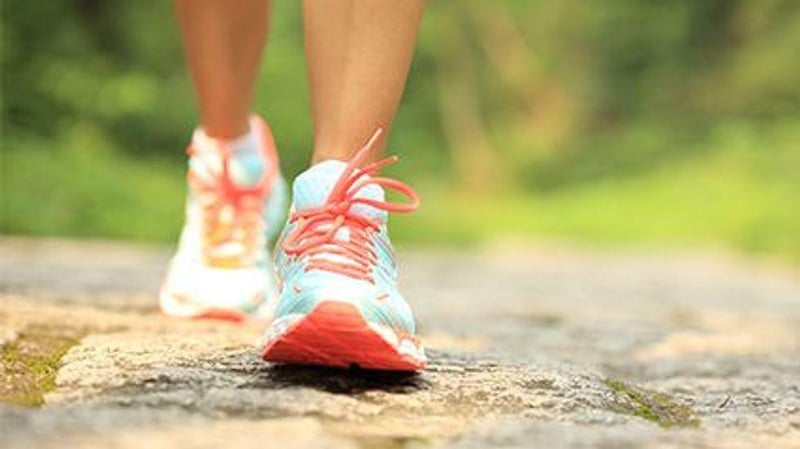ATTENTION ALL CUSTOMERS:
Due to a recent change in our pharmacy software system, all previous login credentials will no longer work.
Please click on “Sign Up Today!” to create a new account, and be sure to download our NEW Mobile app!
Thank you for your patience during this transition.
Get Healthy!

- Posted March 22, 2023
Exercise Does Help People With Parkinson's Disease, Review Finds
Exercise can help improve movement-related symptoms for people who have Parkinson's disease, a new review finds.
And any type of structured exercise is better than none, researchers added. The findings were published recently in the Cochrane Reviews.
"Parkinson's disease cannot be cured, but the symptoms can be relieved, and physiotherapy or other forms of exercise may help, too. Until now, it has been unclear whether some types of exercise work better than others,"said Elke Kalbe, a professor of medical psychology at the University of Cologne in Germany.
"We wanted to find out what exercise works best to improve movement and quality of life," she said in a journal news release.
Parkinson's disease is a progressive disorder of the nervous system that mostly affects people over 60. Symptoms can include trembling, stiffness, slowness of movement, balance issues and lack of coordination. Patients may also have emotional and mood problems, fatigue, sleep problems and thinking difficulties.
In the new review, published researchers analyzed 156 randomized controlled trials, comparing exercise with no exercise and with different types of exercise.
The trials included nearly 8,000 people from around the world, which the authors said made this the largest and most comprehensive systematic review on the effects of physical exercise in people with Parkinson's.
The reviewers found that physical exercise including dance, water exercise, strength and resistance exercise, endurance exercise, tai chi, yoga and physiotherapy made mild to large improvements to the severity of motor symptoms and quality of life in these patients.
Most of the participants had mild to moderate disease, without impairment to their thinking processes. They were an average age range of 60 to 74.
"We observed clinically meaningful improvements in the severity of motor symptoms for most types of exercise. These included dancing, training to improve gait, balance and movement, multi-exercise training, and mind-body training,"said first study author Moritz Ernst, also from the University of Cologne.
"We saw similar benefits in the severity of motor symptoms for water-based training, strength and resistance training, and endurance training, but the estimates of improvement were rather imprecise, meaning that we are not as confident in saying that these improvements are clinically meaningful,"Ernst said in the release.
For quality-of-life improvements, researchers found beneficial effects for water-based training, and effects that were probably clinically meaningful for several types of exercise, including endurance training, mind-body training, training to improve gait, balance and movement and multi-exercise training.
Some of the studies in the review were small, and not all provided information on the severity of motor symptoms and quality of life for all the participants.
Yet, the authors say that their review highlights that most types of exercise produced meaningful improvements.
"We think that our results are good news because they indicate that people with Parkinson's disease can benefit from various structured exercise programs to improve the severity of motor symptoms and quality of life,"Kalbe said.
"It is important to point out that our conclusions do not rule out that certain motor symptoms may be treated most effectively by programs, such as physiotherapy, that are designed specifically for people with Parkinson's disease,"she added.
More information
The U.S. National Institutes of Health has more on Parkinson's disease.
SOURCE: Cochrane Reviews, news release, March 15, 2023






